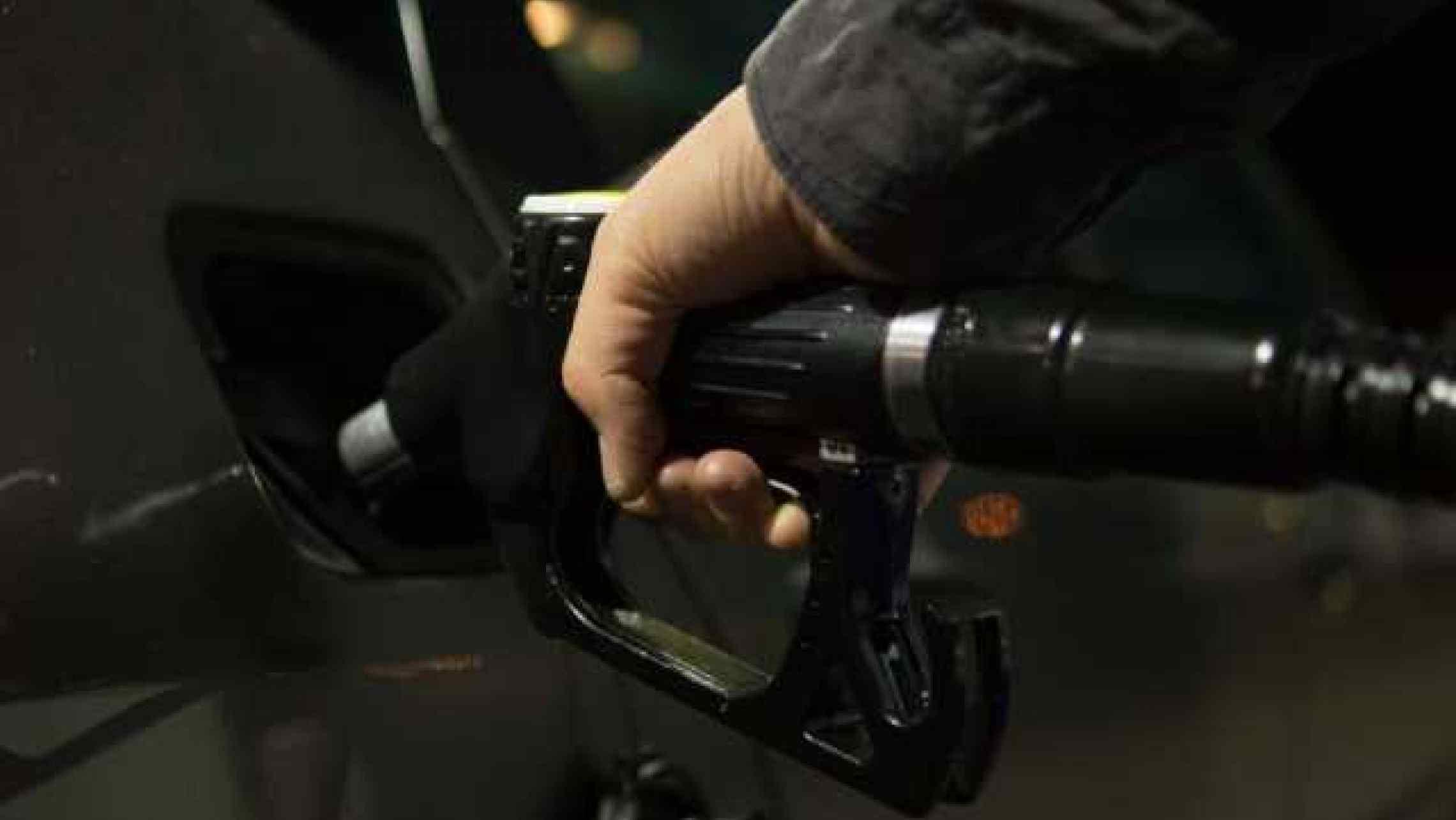Japan is betting future cars will use hydrogen fuel cells
Honda and Toyota think the technology’s superior energy density will triumph over batteries
Please use the sharing tools found via the email icon at the top of articles. Copying articles to share with others is a breach of FT.com T&Cs and Copyright Policy. Email licensing@ft.com to buy additional rights. Subscribers may share up to 10 or 20 articles per month using the gift article service. More information can be found here.
https://www.ft.com/content/98080634-a1d6-11e7-8d56-98a09be71849
Japan wants the Tokyo Olympics of 2020 to run on hydrogen. Planners envisage fleets of hydrogen-fuelled cars whisking athletes from the village to the venues. They are even pondering the practicalities of a hydrogen-burning Olympic flame to promote one of Japan Inc’s boldest gambles: that hydrogen, not batteries, will become the automotive power source of the future. Toyota and Honda both have fuel-cell vehicles on the road, betting that despite the greater complexity and cost of the hydrogen technology, its superior energy density compared with batteries will ultimately give it a decisive advantage in range. Efforts to boost sales of hydrogen cars have hit an unexpected obstacle, however: stringent Japanese regulations that make it cripplingly expensive to build a hydrogen filling station. Fuel-cell cars are no good without somewhere to fill them up, so Japan is engaged in a drastic rewrite of the rules. “There’s an issue because Japan’s severe regulations push up the construction cost and running cost of a hydrogen station,” says Taiyo Kawai, project general manager at Toyota’s R&D and engineering management division, who has spent a decade working on hydrogen cars. A fuelling station in Japan may cost two or three times the price in Europe. “Hydrogen was originally used in industry and there isn’t much experience of consumer use,” says Mr Kawai. Japan’s regulations for the gas are designed with a chemical plant in mind. Transplanted into a city centre fuelling station, that produces painfully high costs: as much as ¥500m ($4.5m) for construction and ¥50m a year for operation. Filling up: a hydrogen gas fuel station in Tokyo © Yoshikazu Tsuno/AFP/Getty Images For example, hydrogen cars need a prescribed space around them during fuelling, and parts must use particular grades of steel. Supervisors must have experience of handling hydrogen and other high-pressure gases. Records must be kept of who handles and purchases the fuel. It is a long way from a self-service gasoline stand. The issue with regulation highlights one of the biggest challenges for hydrogen versus batteries. Whereas the latter can use existing electricity wires, hydrogen needs its own infrastructure. No one wants a fuel-cell car without a fuelling infrastructure, and no one wants to pay for the infrastructure until there are cars to use it. Refuelling a hydrogen car in Japan is indeed an oddly luxurious experience. An enormous expanse of concrete surrounds your new Toyota Mirai or Honda Clarity. All equipment is machined to the highest grades. A smartly clad attendant will rush out of the office to top up your tank with the ultra-light gas. All the rules add to what hydrogen proponents regard as a damaging perception that the fuel is dangerous, imprinted on the public mind by the Hindenburg airship disaster of 1937, where a hydrogen-fuelled zeppelin crashed and burnt with the loss of 36 lives. Hydrogen is highly flammable but, unlike gasoline, the ultralight gas quickly disperses rather than pooling and burning. The hydrogen tanks of a Mirai © Bloomberg Prime Minister Shinzo Abe has made rewriting the rules a national priority. “To meet our goal of 40,000 fuel-cell vehicles on the road by 2020 we need a plan to accelerate the rollout of hydrogen fuelling stations,” he said in April. “In order to rationalise the regulation on hydrogen stations, please look at this in general, bearing in mind the rules overseas and the comparison with domestic gas stands.” A pan-government plan for deregulation, published in June, includes dozens of items designed to roll back rules on hydrogen filling stations. Many are meant to take effect next year or in 2019, although that may be too late for the Olympics. Japan’s goal is to increase the number of refuelling stations from about 80 in 2016 to 160 by 2020 and 900 by 2030. Each refuelling station will need to service about 900 vehicles a year to remain profitable and the target is to reach that level by 2030. Government subsidies are expected to expire by about 2020, so energy companies may need to operate money-losing refuelling stations for about a decade before there is a self-sustaining number of fuel-cell vehicles. Getting there will also require reductions in the cost of a fuel-cell vehicle. The Toyota Mirai retails for $57,500 in the US. Bringing that price down will require larger-scale manufacturing as well as progress on the fuel cell, which uses expensive materials such as platinum.
The ability to reduce costs is likely to be constrained, however, by the complexity of the technology. A hydrogen vehicle has similarities with a gasoline-electric hybrid, combining a gasoline engine and an electric motor, only with a fuel cell replacing the internal combustion engine. The trump card is range. Toyota claims a 312-mile driving range for the Mirai and there is scope to add to that by increasing the pressure at which hydrogen is stored in the vehicle’s tanks. “We see fuel-cell vehicles as the ultimate eco-car,” Kiyotaka Ise, Toyota’s head of advanced R&D, told the Financial Times in an interview last year. “Everyone is saying electric vehicles [are the future] but there is still a long way to go. EVs are far easier to make than FCVs . . . Toyota is putting huge effort into fuel-cell vehicles.”
Copyright The Financial Times Limited 2018. All rights reserved.
Source: https://www.ft.com/content/98080634-a1d6-11e7-8d56-98a09be71849



